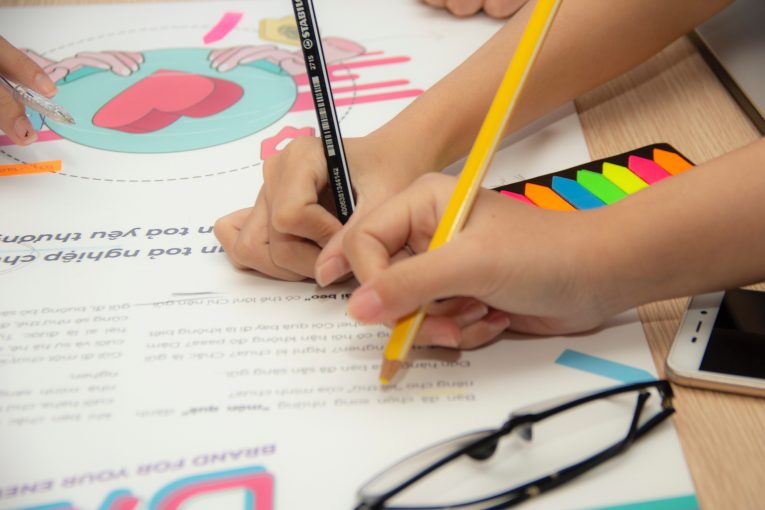
Friday (12/11) UGM Center for Life-Span Development (CLSD) held a Webinar with the theme “School transitions experiences: Supporting children moving from online to offline learning”. This event discussed the transition period experienced by school children from online to offline as the number of cases of the Covid-19 Pandemic decreased.
The event took place from 15.00 WIB until 17.00 WIB. This event was attended by 60 participants.
The presenters of this event are Prof. Iva Strnadova, Professor of Special Education and Disability Studies at the University of New South Wales, Australia. He is also vice president of the NSW Chapter of the Australian Association for Special Education (AASE). Directly moderated by the Head of Center of Lifespan Development (CLSD) Elga Andriana, S.Psi., M.Ed., Ph.D., Iva explained about the dynamics experienced by children with disabilities from the transition from online to offline classes or in going to school in next level.
In the first session, Iva invited the participants of the webinar to identify the problems faced by children and persons with disabilities. From there, Iva invited the participants to understand that good cooperation from various parties is needed in an effort to provide all the needs of persons with disabilities in facing the transition period. Iva explained that all efforts made to facilitate students with disabilities must be designed and produced together with them.
“how to make their transition work, they really need this process and transformation. It’s not just about reading research literature, it’s not worth it, but actually asking students with actual disabilities. And I think we sometimes forget about this,” explained Iva.
Next, Iva explains four important points in her discussion, namely the definition of school transition and how it is seen over the life span. Next, the second is how the research results are about the school transition experienced by people with disabilities during the pandemic. The third point is what school transition students need when moving from online learning to offline learning. While the last is what kind of support is needed for all students from learning online to offline.
In discussing the dynamics of the transition, Iva explained it with several transition models theorized by experts. Iva started from the OSERS 1984 transition model (will’s bridges) to Paula Kohler’s Model (Taxonomy of Transition Services, 2016).
Iva invites participants to get to know Paula Kohler’s taxonomic model because it is one of two transitional models based on scientific evidence. In it there are five key areas that must be passed to be successful in making the transition.
“Every transition plan must be truly student-centered and most importantly students must really actively participate in this transition planning,” explained Iva.
To smooth the transition phase, self-determination is also important. In her explanation, Iva explained that there are three elements that must be in place to be able to synergize with each other to facilitate the transition phase in children. The three elements are self-determination attitudes & beliefs, self-determination knowledge, and self-determination skills.
The event went smoothly. The presenters are very interactive and always invite webinar participants to contribute by inviting them to identify the problems faced by children during the transition period. The presenters also gave participants the opportunity to ask questions directly or in writing.
